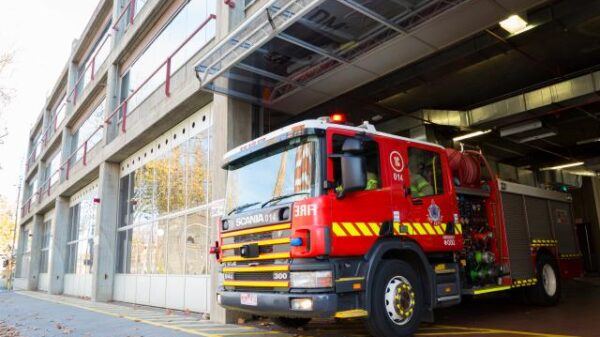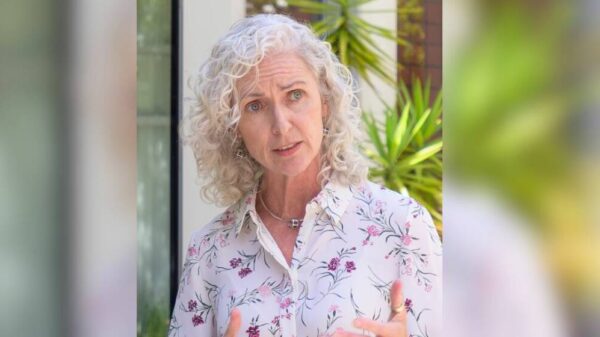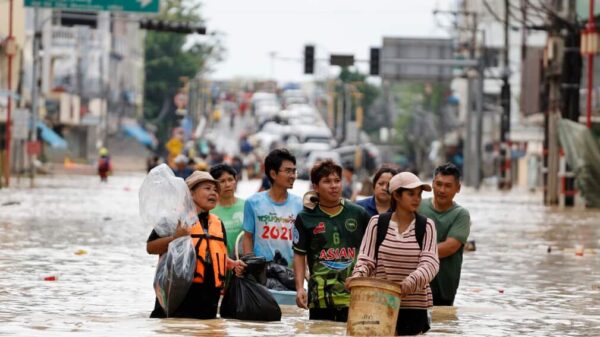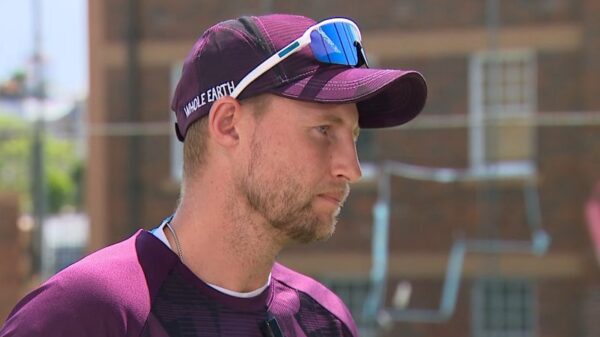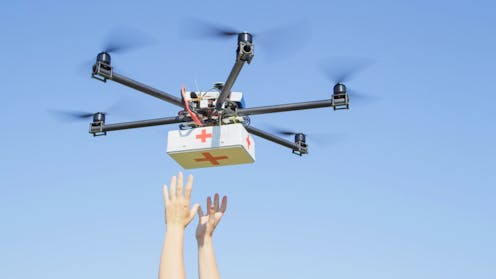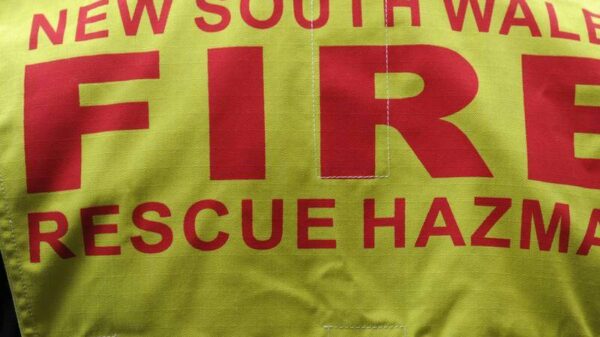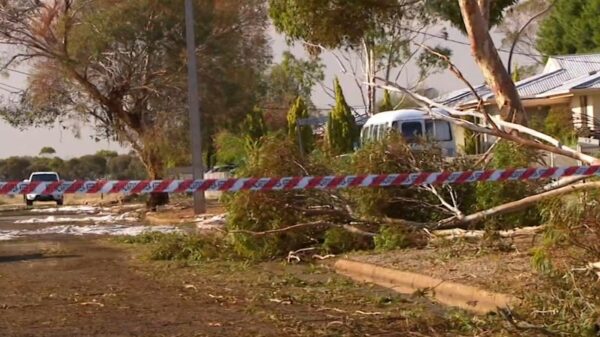Drones are quickly becoming a vital tool in emergency healthcare, offering rapid delivery of medical supplies and equipment. Trials in Australia and around the globe have demonstrated their potential to enhance existing health services. These unmanned aerial vehicles can transport essential medicines, medical equipment, and even pathology samples, proving particularly effective in urgent situations.
Innovative Applications in Emergency Services
In early 2023, NSW Fire and Rescue successfully used a drone to deliver crucial medicine to an individual stranded by floodwaters, showcasing the immediate benefits of this technology. The drone provided support while emergency responders communicated with the person via phone, ensuring they received timely assistance.
Drones can navigate challenging terrains and avoid traffic delays, making them suitable for delivering urgent supplies. In cases where landing is not possible, drones can deploy parachutes to safely drop their deliveries, such as defibrillators or antivenom, before first responders arrive on the scene. This capability can significantly enhance the effectiveness of emergency medical services.
Enhancing Search and Rescue Operations
In a related initiative, NSW Ambulance conducted a two-month trial using drones for search and rescue missions in remote areas. Equipped with high-intensity search lights and thermal imaging technology, these drones assisted specially trained paramedics in locating missing persons. The ability to communicate through video and audio further improved the efficiency of rescue operations.
Trials like these not only demonstrate how drones can expand the reach of first responders but also gather valuable data on their effectiveness across various scenarios. As understanding of drone capabilities grows, the healthcare sector can better integrate these technologies into emergency response strategies.
Streamlining Medical Transport
In Queensland, Darling Downs Health has initiated trials using drones to transport pathology samples and pharmaceuticals between small rural hospitals and larger medical facilities. This innovation allows for immediate delivery of samples to laboratories, reducing wait times for diagnoses and facilitating earlier treatment for patients.
Similarly, the Mater Hospital in Brisbane is implementing a drone service aimed at providing pathology support to the Moreton Bay islands, effectively bypassing delays associated with ferry transport.
Drones are also being utilized to monitor public safety. Surf Life Saving Queensland employs drones to patrol beaches, tracking shark activity and coordinating responses to potential dangers such as swimmer rescues.
Global Innovations and Limitations
Internationally, researchers in Sweden have tested drones for delivering defibrillators to individuals suspected of cardiac arrest, achieving a delivery success rate in 92% of cases. The results indicated that drone delivery was quicker than ambulance response times in 64% of instances. In India, the Medicine from the Sky program employs drones to supply remote health services with necessary medications.
Despite these promising advancements, there are limitations to consider. Drones are subject to battery life constraints, which can restrict their operational range to around 7 kilometers from their launch base in certain trials. This limitation may necessitate moving drones closer to areas of need prior to deployment, potentially affecting their utility in rural contexts.
Weather conditions can also hinder drone operations, as many are restricted to daytime flights and may be unable to fly during inclement weather. Furthermore, some medications and pathology samples have specific temperature and humidity requirements, which can limit the scope of drone deliveries. Existing regulations may also impose restrictions on where drones can operate, complicating their integration into healthcare systems.
While the trials conducted thus far are promising, the healthcare sector requires further evidence to determine whether drone technology effectively improves health outcomes and remains cost-efficient. Learning from successful implementations in other sectors could provide invaluable insights into safe drone usage and scaling operations effectively.
The introduction of drones into emergency healthcare represents a significant development, with the potential to transform medical response and patient care. As trials continue and data is collected, the healthcare industry will be better positioned to make informed decisions about the regular use of drones in supporting health services.

